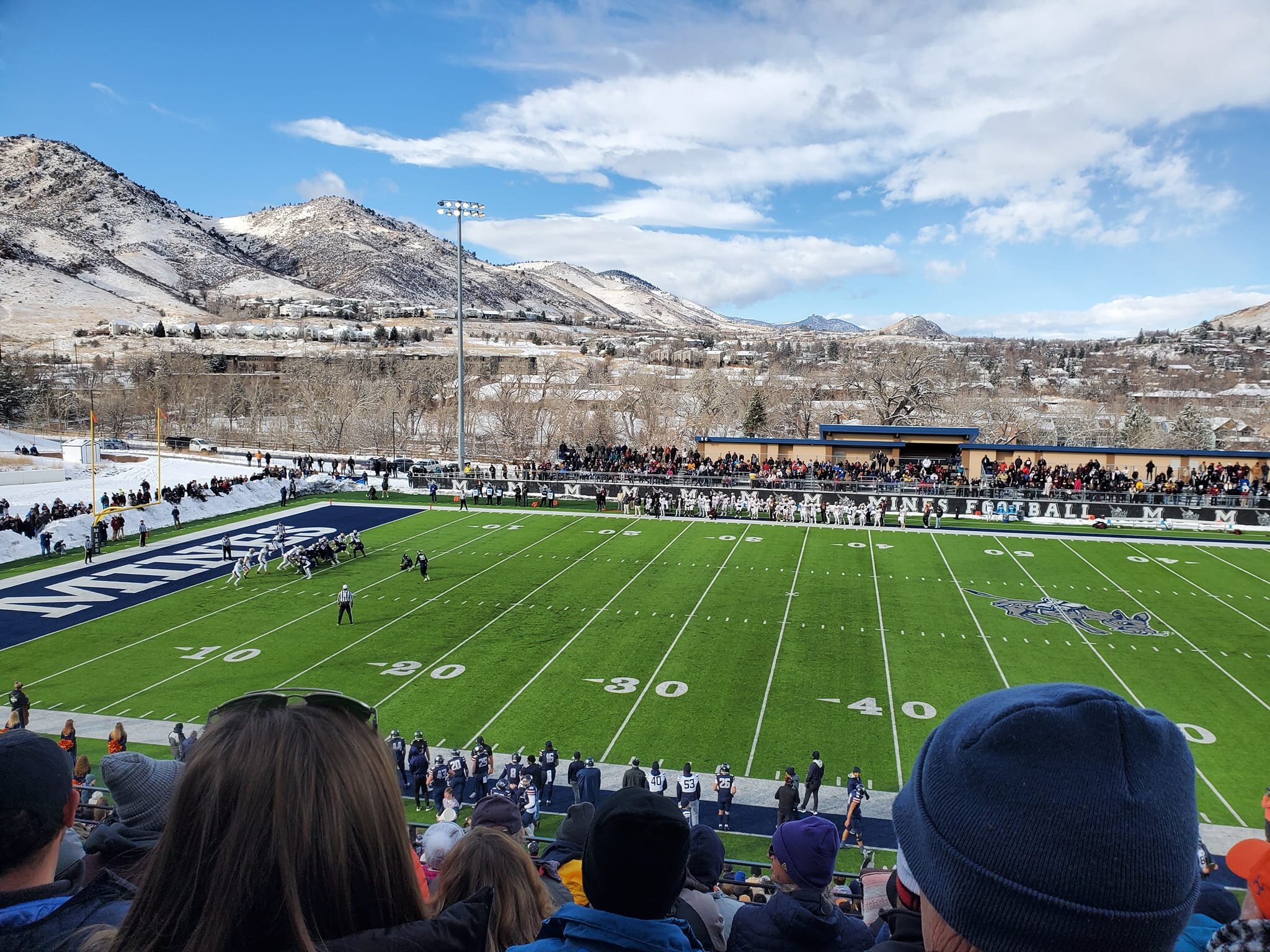-
Posts
34931 -
Joined
-
Last visited
-
Days Won
42
Content Type
Profiles
Forums
Store
Downloads
Recruiting - 2020
2019-2020 Football Season
Football
Entertainment
Sports
News and Business
Cloak Room
Transfer Portal
Recruiting
Events
Posts posted by Beau Vine
-
-
-
52 minutes ago, Goredho said:
I got a lot of laughs from this guy. If we can say a measurement of comedic genius is the number of times a comic gets costars to break character with laughter in a live setting, then Tim Conway is an all-time great.
Was about to post something extremely similar. No one has ever cracked up his costars as much as Conway did. Not even Chris Farley.
-
 1
1
-
-
On 4/22/2019 at 1:48 PM, Machinator said:

-
1 hour ago, spystud13 said:
40/15 K/BB though.
He has always had a high BABIP, though. He had a .516 BABIP his last year of college.
-
15 minutes ago, spystud13 said:
This is even worse than KC’s backtracking. On Sunday, again two whole days ago, Travis Shaw said this...
Less than 48 hours later, he is being fake IL’d with a wrist “injury” (not to mention a blistering .548 OPS) so they can promote their stud prospect Keston Hiura.
Hiura gonna win batting titles. 333/408/698(!!!) at San Antonio (extreme hitter's park) this year.
-
15 hours ago, Mach 1 said:
Adding a new twist to the thread title...
Hughes Net commercial actress got me intrigued. Sitara Hewitt. Warm up the Google machine.


-
 9
9
-
-
On 3/23/2019 at 12:29 AM, Homesickhorn said:
The look at me factor is such that this Instagram pic kinda pisses me off. It’s like she’s lobbing out something that’s trying to make it look like she’s attempting to appeal to girls out there with insecurities, and posting her look at me pic to show that she’s one of them.
Then I realized that she’s just a stupid attention whore, and I kinda got mad at myself for not realizing that sooner.I for one am not going to criticize a young lady who's making this world a better place by flaunting her tits on instagram.
-
I wish EsTyne was here to enjoy this:
-
 1
1
-
-
That dude lasted less time than that female president at A&M.
-
Quote
Lori Loughlin believes she “doesn’t deserve” jail time for her alleged role in a nationwide college admissions cheating scam, a source tells ET.
The Fuller House star and her husband, Mossimo Giannulli, are accused of paying $500,000 in bribes to get their daughters, 19-year-old Olivia and 20-year-old Bella, admitted to the University of Southern California, as recruits for the crew team, even though neither of them participated in the sport. They both entered not guilty pleas in April.
“Lori’s situation has gone from bad to worse,” a source close to the actress tells ET. “Jail time has always been a possibility, but since more charges were filed her reality [of not serving time] seems grim. While the fact she could serve time never leaves her mind, she strongly believes she doesn’t deserve to. She truly feels it was all a misunderstanding."
Making matters worse, Olivia is now reluctant to listen to her parents, according to the source.
“Olivia Jade is totally over it and won’t listen to anything her parents say now,” the source says. “She is in no way ready to forgive anything her parents have done. Lori doesn’t understand Olivia’s reaction. She seems to feel her act was selfless and misunderstood and she wants to prove she had all the best intentions and even that she was, in some way, duped into breaking the law.”
The source adds that Loughlin thought Olivia would have forgiven her by now and that the two have attended therapy to help save their relationship.
“Lori felt at this point her daughter would come around and forgive her,” the source says. “They have gone to therapy in hopes things would improve, but it doesn’t seem that that’s happened. Olivia is still not talking to her mother because she’s hurt and feels betrayed.”
“She feels this could have all been avoided had her mother listened to her when she expressed she wasn’t interested in going to college,” the source continues. “The fact she has lost her business deals and can’t go out in public without being photographed and scrutinized is a constant reminder of what her mother has done.”
Meanwhile, the former When Calls the Heart actress’ friends are hoping that she admits some guilt in the case. They continue to stand by her as court proceedings unfold.
“[Lori’s] children and most of her friends aren’t entirely convinced this was some kind of a mistake,” the source explains. “They know she is a loving mother who only wants the best for her kids, but they also know she needs to face that what she did was unlawful and [how it ]has affected not only her children, but also many others. Her friends want her to rethink her plan for the case and admit some sort of guilt. Her closest friends have stuck by her despite her huge mistake.”
How could anyone assume that this woman is arrogant? She's selfless and misunderstood.
-
-
17 hours ago, RPM said:
When I asked the employee about this, her response was, ‘worry about yourself.'"
Pretty solid life advice.
-
12 hours ago, WhatTheBuck said:
In the interview with the mother and daughter they refer to "the N word" and then they say the teacher called her a negro. Has anyone heard the actual, unedited audio? I wouldn't equate "negro" with "the N word." You tell me she used the N word and I assume she said "nigger." While neither is appropriate, one is more wildly inappropriate than the other. If the teacher just used "negro," as outdated and inappropriate as that is, then I'd say the article is misleading. There's no reason to censor that word and by doing so you invite a wrong assumption.
And she was the Spanish teacher, so she could have even said "Negras" or even "Negritas."
-
 1
1
-
-
4 hours ago, Chooky said:
How many polacks does it take to get terminated from a public school?
THREE!!!
No wait, I told that wrong...
Why does it take three polaks to get terminated from a public school?
-
 2
2
-
-
Has Vegas set a line on the Baylor-Grenada Tech game yet?
-
-
2 hours ago, hookem48 said:
I'll make it
Pay this man some rep.
-
 1
1
-
-
6 minutes ago, Dennis Taylor said:
A great philosopher once said "there's no cure for being a cunt"
Socrates, IIRC.
-
 1
1
-
-
The Mariners are -33 in Defensive Runs Saved: https://blogs.fangraphs.com/the-good-the-bad-and-the-ugly-of-team-defense-so-far/
Their LF is somehow -7 already. That seems impossible.
-
10 hours ago, futureman said:
desert swarm!
That was Larry Mac Duff's defense.
Tomey is still a legend in Hawaii.
-
Quote
A woman was arrested and faces burglary charges after sheriff’s officials say she broke into a home in Hamden, Ohio Monday, earlier this week.
Around 9 a.m. Monday, deputies arrived and spoke with a resident who said a woman broke into her house and began acting bizarrely, according to the Vinton County Sheriff’s Office.
The victim said the woman entered through the back door, sat down on the couch and began to pet the family dog. Then, she washed the dishes and left the house.
As deputies spoke with the victim, sheriff’s officials received a call that a woman matching the description of the burglar was knocking on doors in the area of Omar Street in Hamden.
Sheriff’s officials said Cheyenne Ewing gave deputies a false name, and appeared to be under the influence of narcotics. She advised she’d been up for two days.
Ewing was arrested on suspicion of burglary.
-
On 5/8/2019 at 10:06 PM, staboner said:
I feel like its been getting worse. My wife was teaching there and had some scares that required extra security. Then I started to pay more attention to the news (like you did) and noticed all kinds of shit. Agg robbery, rape, lots of violent crime there in the middle of the town. Got wife out eventually, and thankfully.
There was an"incident" at the HS a couple of weeks ago. The newspaper had a story on its front page, even though there were zero details as to exactly what the "incident" was. Then last week, the superintendent posted a letter to facebook criticizing all of the rumors that had been spread on social media about the incident:

-
2 hours ago, youdunnf'dup said:
He’s clearly giving credit where it’s due. I don’t see how you could interpret that any other way.
Vic's shoe size > Vic's IQ.
-
double post









Turns Out E-Scooters Might Be The End of Society
in Daily Texan
Posted
Snake River Canyon for me.